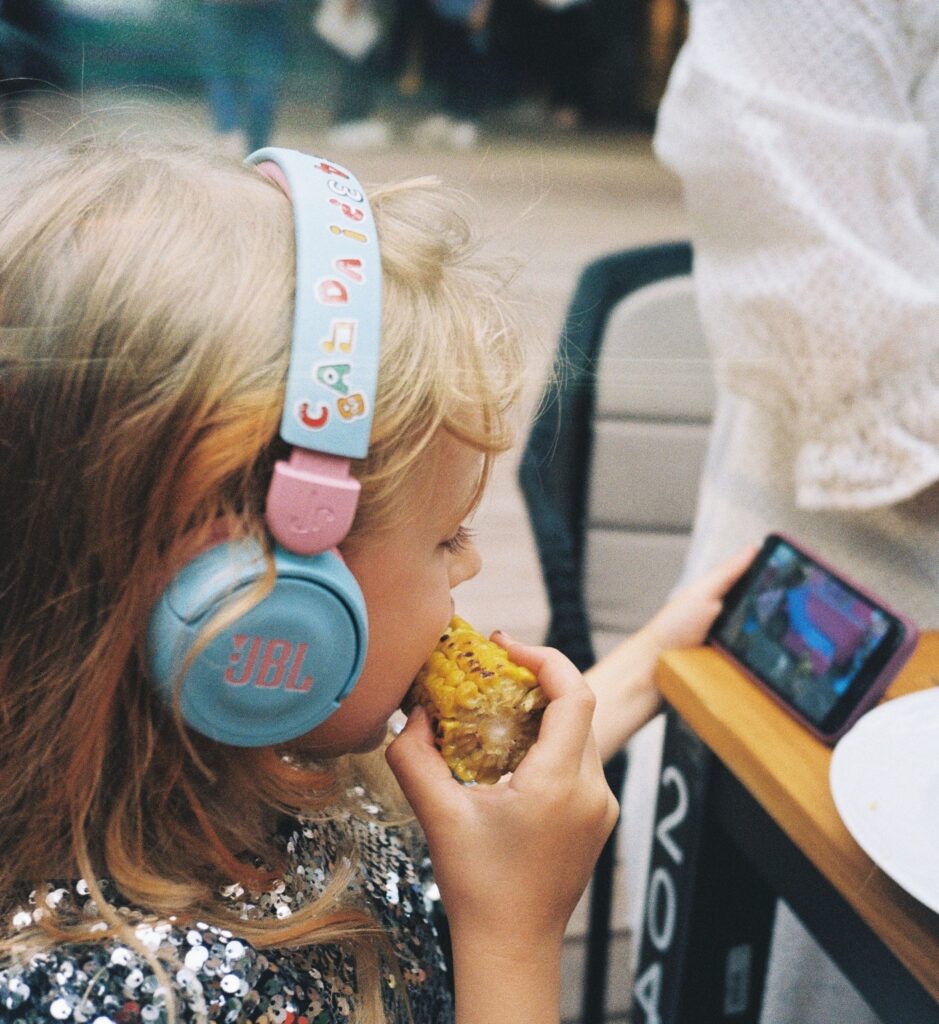Eating behaviours vary from one child to the next but is there a link between autism and eating with hands?
In this article we look into why your child may be reluctant to use cutlery and what you can do about it.
Autism and eating with hands
Most parents of autistic children are used to some quirky behaviours.
One common behaviour that may be observed in children with autism is the preference to eat with their hands.
There can be several reasons why an autistic child may exhibit this behaviour such as the below;
Motor skills challenges
Fine motor skill challenges are common in kids with autism. Using utensils requires precise hand-eye coordination and fine motor skills, such as gripping, scooping, and coordinating different movements.
Autistic children may struggle with these skills, making it difficult for them to use utensils effectively.
As a result, they may find it easier and less frustrating to eat with their hands.
Sensory issues
Sensory sensitivities are common in kids with autism. Many autistic children may have heightened sensitivity to textures, temperatures, and other sensory inputs related to food.
Using their hands to eat may provide a familiar and comforting sensory experience for them, as they can feel the texture and temperature of the food directly with their hands.
Using knives, forks and spoons on the other hand, may introduce additional sensory challenges. These include the sensation of metal or the texture of utensils against their skin, which may be uncomfortable or overwhelming for them.

Routine and predictability
Routine and predictability are important for many children with autism, as they provide a sense of structure and stability.
Eating with their hands may be a part of their established routine or preferred way of eating.
Any changes to this routine, such as using utensils, may disrupt their sense of predictability and cause anxiety or discomfort.
To maintain consistency in their routine, an autistic child may prefer to eat with their hands.
Sensory seeking
While some autistic children may be sensitive to sensory inputs, others may actively seek sensory stimulation.
Eating with their hands can provide a sensory-seeking experience for some autistic children, as they can feel the food directly with their hands, which can be pleasurable or stimulating for them.
The sensation of touching and manipulating food with their hands may fulfill their sensory-seeking needs, leading them to prefer this method of eating.
What parents can do
Recognise this won’t be a quick fix
It’s important for parents to understand that eating with hands may be a legitimate preference or sensory need for their autistic child.
It is important to accept and respect their child’s unique eating style.
As hard as it may be it is important to note that it’s a valid way for them to eat and strive to create a non-judgmental environment.
Gently encourage utensils
While honoring the child’s preference for eating with hands, parents can also gently encourage the use of utensils during mealtime.
Provide child-sized utensils with comfortable grips, and offer opportunities for the child to practice using them.
Use positive reinforcement, praise, and rewards for any progress or attempts made towards using utensils, without pressuring or forcing the child.
You could let your child familiarise themselves with cutlery leaving it to the side of meals consistently.
There are various types of utensils available on the market which may help. For example your child may be more receptive to something like these on Amazon.
Tackle sensory needs
If sensory sensitivities are a factor, parents can work with an occupational therapist or a sensory integration specialist to develop strategies to address sensory challenges related to utensil use.
This may include desensitisation techniques, sensory play, or other sensory integration strategies to help the child become more comfortable with utensils.
Use visual supports
Visual supports, such as visual schedules, social stories, or visual cues, can be beneficial for autistic children.
Use visual supports to guide the child through the steps of using utensils, reinforce expectations, and provide visual prompts for desired behaviours.
Visual supports can enhance understanding and communication, and help the child follow routines and rules related to mealtime.
Use routine and structure
Establishing a structured mealtime routine can be helpful for autistic children.
Create a consistent schedule for meals and snacks, this could be something as simple as laying the table together with your child or all picking up the utensils at the same time at the beginning of the meal.
This can provide a sense of predictability and reduce anxiety or resistance during meals.
Offer alternative sensory stimulation
If your child is using their hands because they like the feeling of squeezing and squishing it in-between their fingers then you could try to replace it.
As an example you could provide a meal which is a non desirable texture but have some play dough on the side for them to have in the other hand.
Summary – Autistic child eating with hands.
Parents can support their autistic child’s preference for eating with hands by understanding their needs, addressing sensory needs, establishing a structured and maintaining patience.
By creating a supportive and accommodating environment, parents can help their child develop healthy eating habits while respecting their unique preferences and sensory sensitivities.

